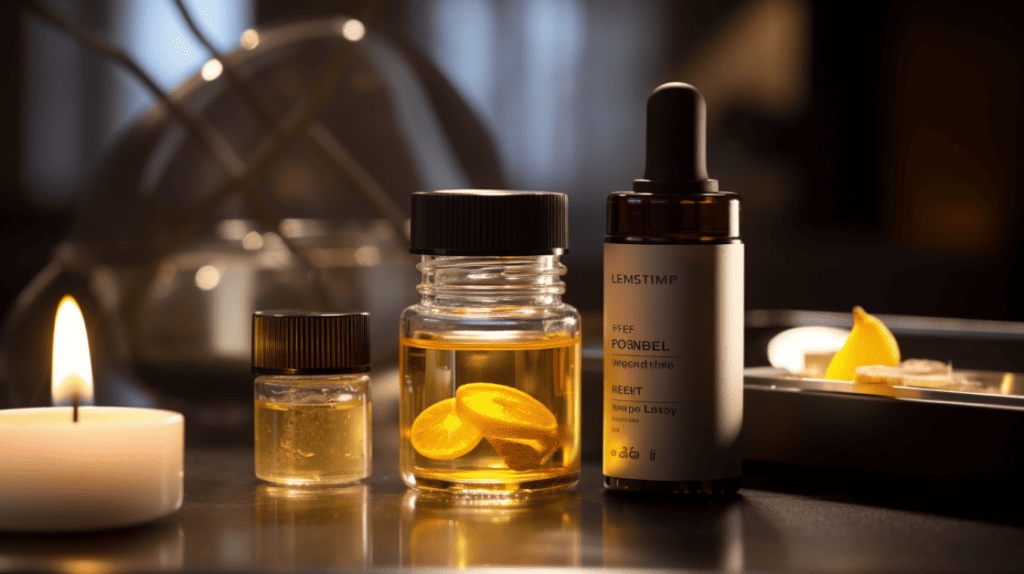
Are you looking to improve your skin’s appearance and achieve a glowing complexion? Chemical peels might be the solution you’re looking for. Chemical peels are a popular cosmetic treatment in Singapore that can help reduce the appearance of fine lines, wrinkles, acne scars, and hyperpigmentation.
During a chemical peel, a solution is applied to your skin to exfoliate the outermost layer and promote cell turnover. This process can reveal smoother, brighter, and more youthful-looking skin.
Chemical peels come in different strengths and can be customized to suit your specific skin concerns. In Singapore, there are several reputable clinics that offer chemical peel treatments, making it easy to find a provider that fits your needs and budget.
Key Takeaways
- Chemical peels are a popular cosmetic treatment in Singapore that can help reduce the appearance of fine lines, wrinkles, acne scars, and hyperpigmentation.
- During a chemical peel, a solution is applied to your skin to exfoliate the outermost layer and promote cell turnover.
- Chemical peels come in different strengths and can be customized to suit your specific skin concerns.
Understanding Chemical Peels
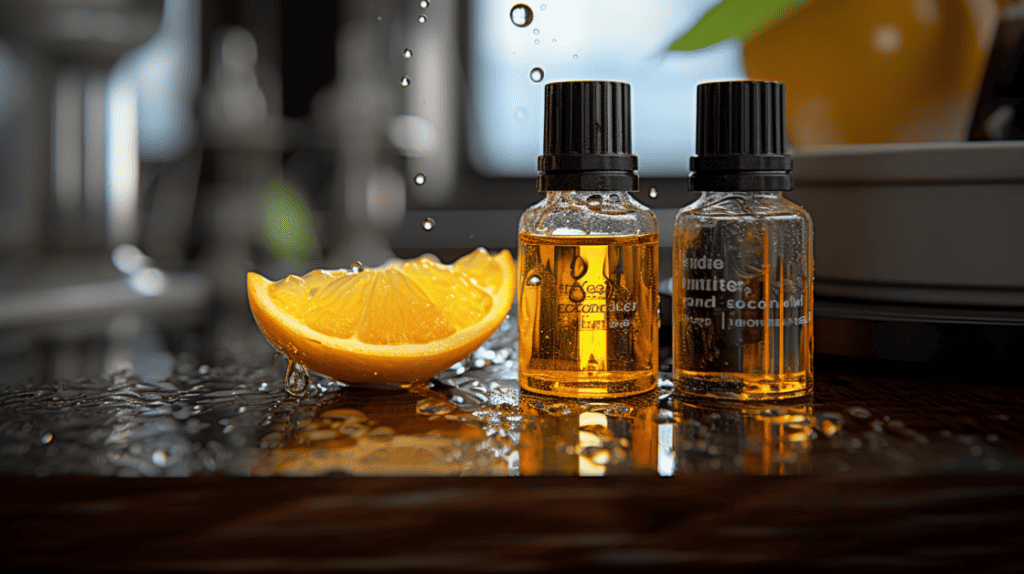
If you’re looking for a way to rejuvenate your skin and achieve a more youthful appearance, a chemical peel might be just what you need. Chemical peels are a type of facial treatment that use chemical solutions to exfoliate and remove dead skin cells, revealing smoother, brighter, and more even-toned skin.
In this section, you’ll learn everything you need to know about chemical peels, including what they are, the different types available, and how they work.
What is a Chemical Peel?
A chemical peel is a cosmetic treatment that uses a chemical solution to exfoliate the skin and improve its appearance. The treatment involves applying a solution to the skin, which causes the top layer of skin to peel off, revealing a new layer of skin underneath. Chemical peels can be used to treat a variety of skin concerns, including acne, fine lines and wrinkles, hyperpigmentation, and sun damage.
Types of Chemical Peels
There are several different types of chemical peels, each with its own unique benefits and drawbacks. The three main types of chemical peels are superficial, medium, and deep.
- Superficial Chemical Peels: These are the mildest type of chemical peel and are often used to treat minor skin concerns, such as acne and uneven skin tone. Superficial peels typically use glycolic acid, lactic acid, or salicylic acid as the active ingredient.
- Medium Chemical Peels: Medium peels are a bit stronger than superficial peels and can be used to treat more severe skin concerns, such as deeper wrinkles and sun damage. They typically use trichloroacetic acid (TCA) as the active ingredient.
- Deep Chemical Peels: Deep peels are the strongest type of chemical peel and are used to treat the most severe skin concerns, such as deep wrinkles and scars. They typically use phenol as the active ingredient.
When choosing a chemical peel, it’s important to work with a qualified professional who can help you determine which type of peel is best for your skin type and concerns. It’s also important to follow all pre- and post-treatment instructions carefully to ensure the best possible results.
Benefits of Chemical Peels

If you’re looking to improve the appearance of your skin, chemical peels might be just what you need. Chemical peels are a type of skin treatment that can help reduce the appearance of acne, pigmentation, wrinkles, and fine lines, while also promoting skin renewal and rejuvenation.
For Acne and Acne Scars
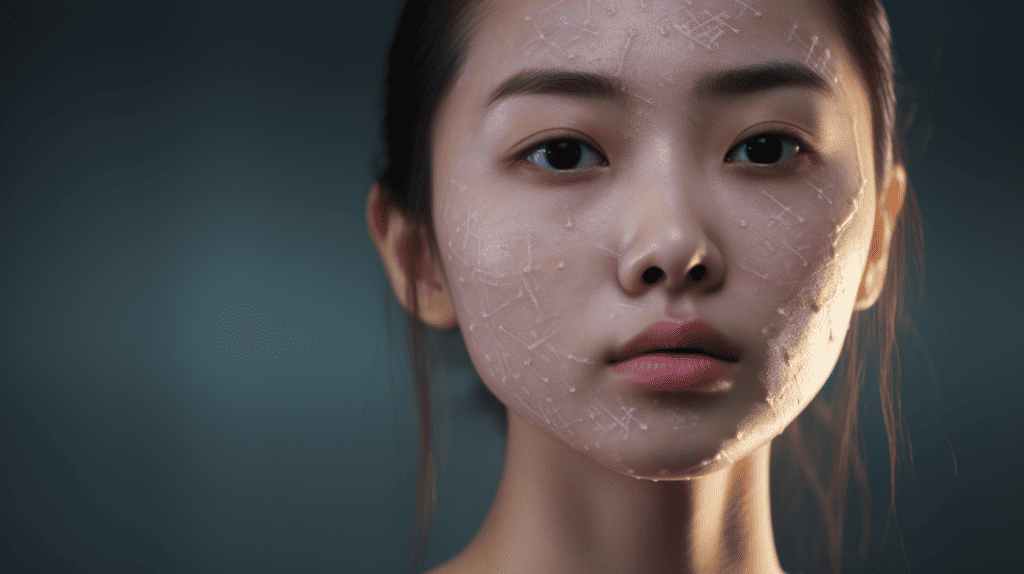
If you struggle with acne or acne scars, chemical peels can be a great solution. They work by removing dead skin cells and unclogging pores, which can reduce the amount of acne-causing bacteria on your skin. Chemical peels can also help reduce the appearance of acne scars by promoting collagen and elastin production, which can help plump up the skin and reduce the appearance of scars.
For Pigmentation and Age Spots
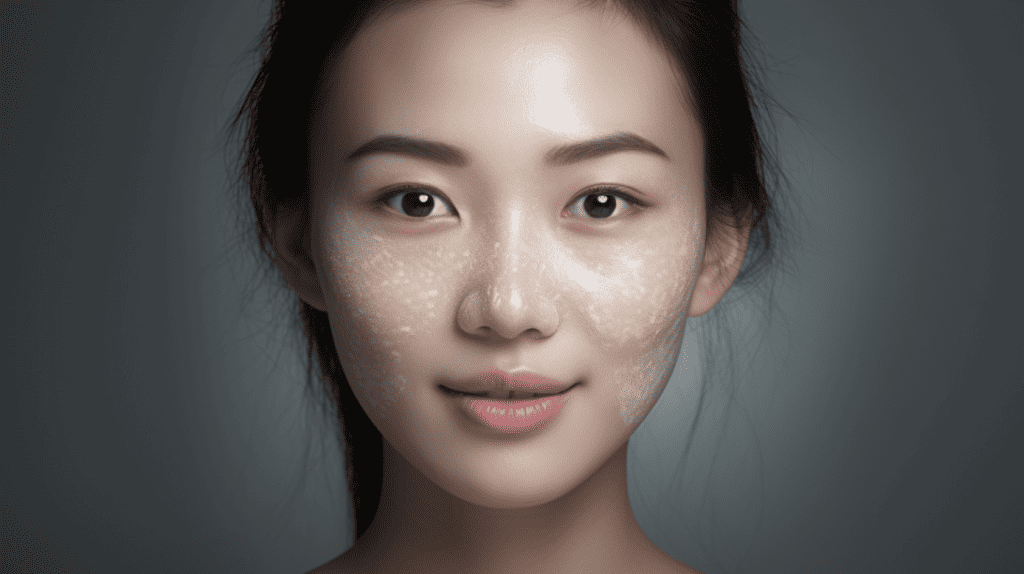
Chemical peels can also be effective for reducing the appearance of pigmentation, age spots, freckles, and other forms of hyperpigmentation. By removing the top layer of skin, chemical peels can help reveal brighter, more even-toned skin underneath. They can also help reduce the production of melanin in the skin, which can help prevent future pigmentation issues.
For Wrinkles and Fine Lines
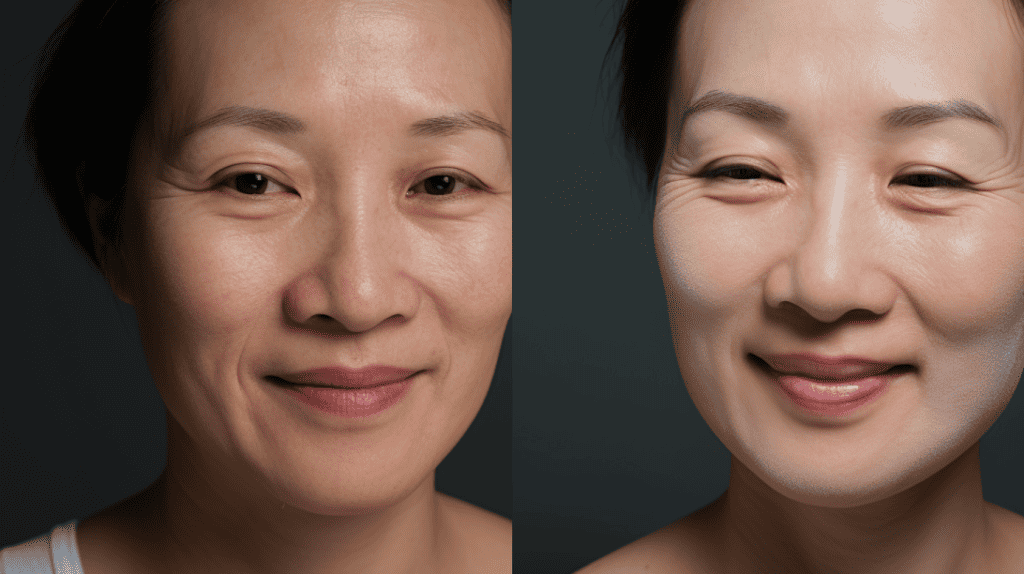
If you’re looking for an anti-ageing solution, chemical peels can help reduce the appearance of wrinkles and fine lines. By promoting collagen and elastin production, chemical peels can help plump up the skin and reduce the appearance of wrinkles. They can also help improve skin texture and tone, which can make your skin look younger and more vibrant.
For Skin Renewal and Rejuvenation
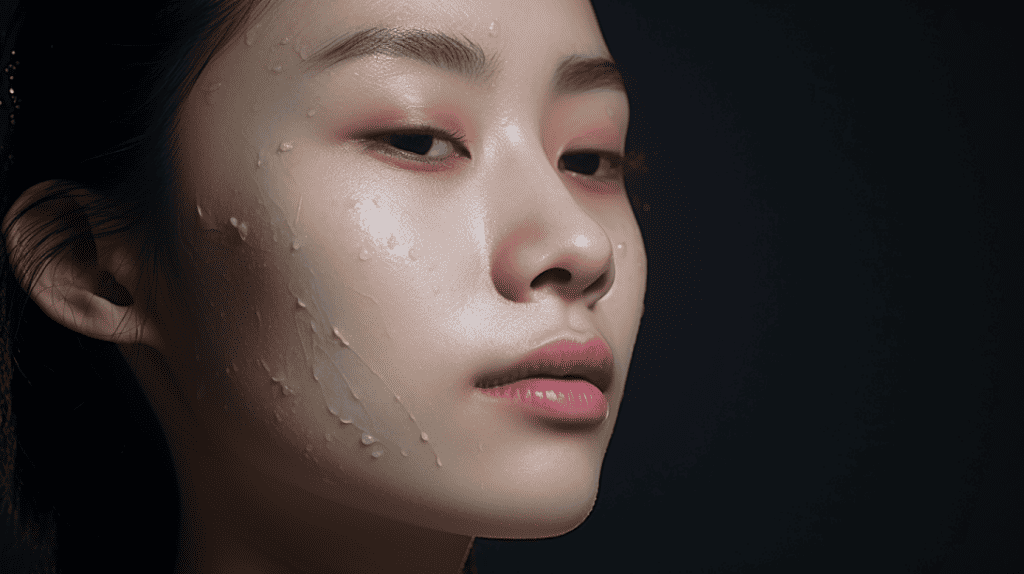
One of the biggest benefits of chemical peels is that they promote skin renewal and rejuvenation. By removing the top layer of skin, chemical peels can help reveal brighter, smoother, and more youthful-looking skin underneath. They can also help improve skin texture and tone, which can make your skin look healthier and more vibrant overall.
Overall, chemical peels can be a great solution for anyone looking to improve the appearance of their skin. Whether you’re struggling with acne, pigmentation, wrinkles, or just want to promote skin renewal and rejuvenation, chemical peels can help you achieve your goals. So why not give them a try and see what they can do for you?
The Chemical Peel Procedure
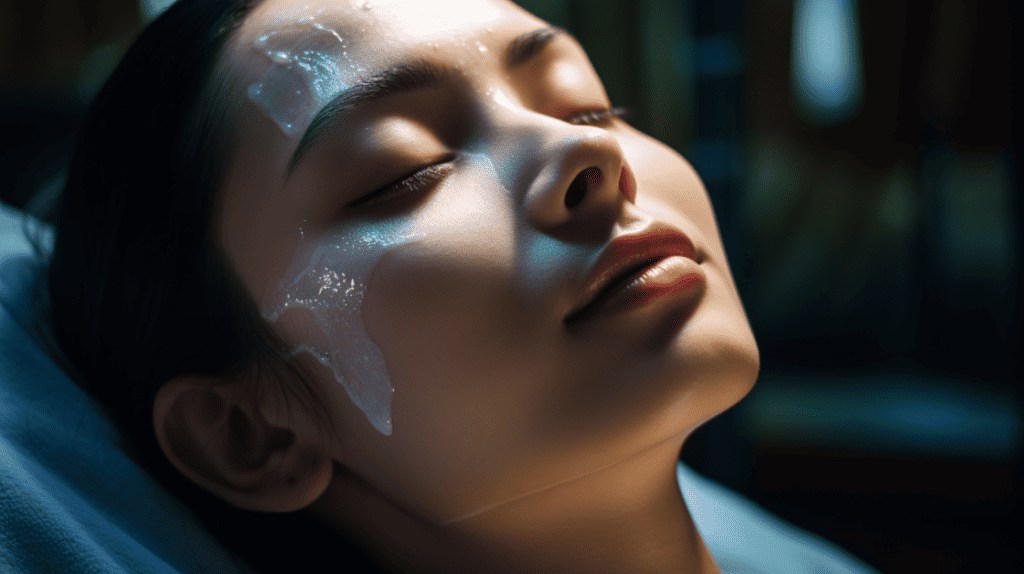
If you’re considering a chemical peel in Singapore, you may be wondering what to expect during the procedure. A chemical peel is a dermatologic method for resurfacing the skin and is typically done on the face, neck, or hands. The procedure involves topical application of a chemical solution to improve and smooth the texture of the skin by removing its damaged outer layers.
Before getting a chemical peel, it’s important to consult with a professional such as a dermatologist or an esthetician to determine if it’s the right treatment for you. During your consultation, the doctor or esthetician will evaluate your skin type, discuss your goals, and recommend the appropriate type of chemical peel for your skin.
On the day of the procedure, your skin will be cleansed and prepped for the chemical peel. The chemical solution will then be applied to your skin using a brush or cotton swab. You may experience a slight tingling or burning sensation during the procedure, but this is normal and should subside quickly.
The length of the procedure depends on the type of chemical peel you’re receiving. A superficial peel typically takes around 30 minutes, while a medium or deep peel can take up to an hour or more. After the chemical solution has been applied, it will be left on your skin for a specified amount of time before being neutralized and removed.
After the procedure, your skin may be red and slightly swollen, and you may experience some peeling or flaking for several days. It’s important to follow your doctor or esthetician’s aftercare instructions carefully to ensure proper healing and to avoid complications.
In conclusion, a chemical peel in Singapore is a safe and effective way to improve the appearance of your skin. With the help of a professional, you can determine if this treatment is right for you and enjoy the benefits of smoother, healthier-looking skin.
Post-Treatment Care and Downtime
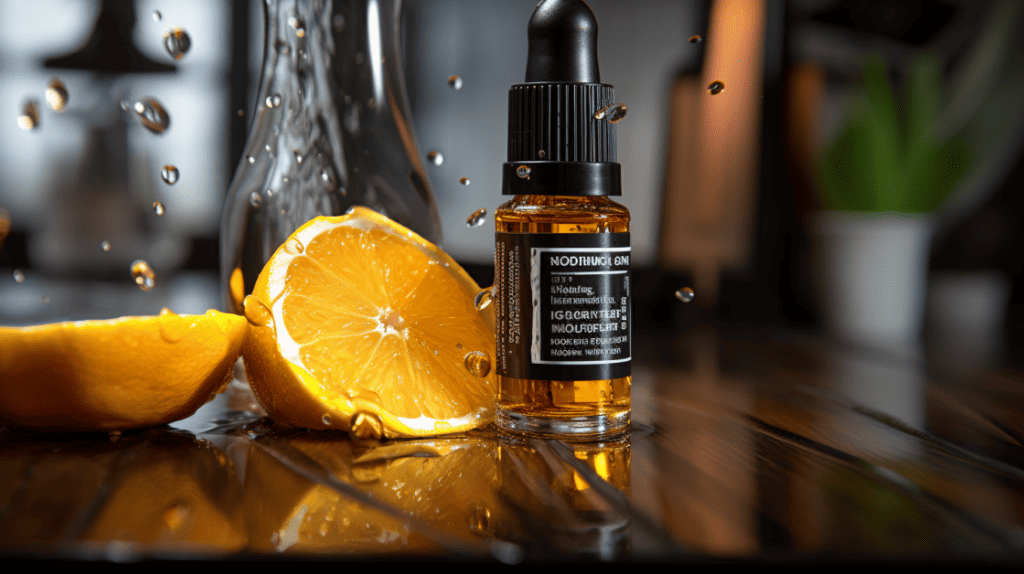
Congratulations on completing your chemical peel treatment! You must be excited to see the results of your smoother and glowing skin. However, it is important to note that post-treatment care is crucial to ensure that your skin heals properly and to avoid any potential risks.
Firstly, let’s talk about downtime. After the peel treatment, your face will become red, scaly, and skin may peel off during the following three days. This is a normal part of the healing process, and you should avoid picking or peeling the skin to prevent scarring. You may also experience mild swelling, but this should subside within a few days.
To reduce the risk of any potential complications, it is important to avoid direct sun exposure for at least one week after the treatment. Sunscreen or sunblock with a high SPF should be applied regularly to protect your skin from harmful UV rays. You should also avoid using any exfoliating products or undergoing any facial treatments for at least two weeks after the chemical peel.
Moisturizing is essential during the post-treatment period. You should use a gentle, fragrance-free moisturizer to keep your skin hydrated and to reduce any discomfort. A hydrating mask can also be used to soothe the skin and to promote healing.
In rare cases, chemical peels may cause complications such as infection, scarring, or changes in skin pigmentation. If you experience any unusual symptoms such as severe pain, fever, or blisters, you should contact your doctor immediately.
In summary, post-treatment care is crucial for the success of your chemical peel treatment. You should expect some downtime, redness, and swelling, but these symptoms should subside within a few days. To reduce the risk of complications, avoid direct sun exposure, use sunscreen or sunblock, and moisturize your skin regularly. If you experience any unusual symptoms, contact your doctor immediately.
Potential Side Effects and Risks
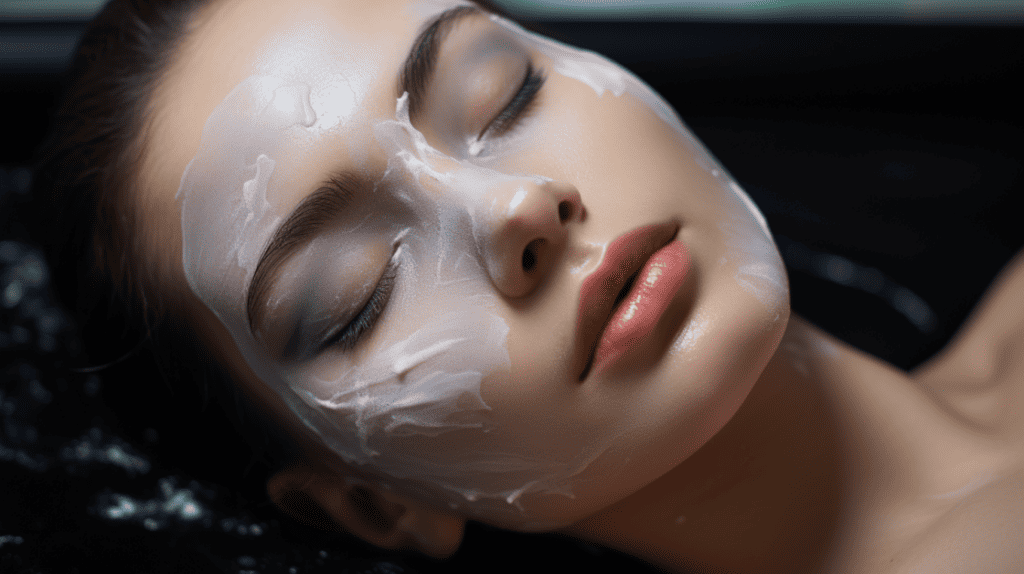
Chemical peels are generally safe and effective procedures for improving the appearance of your skin. However, like any medical treatment, there are potential side effects and risks to consider. Here are some of the most common things that you may experience after a chemical peel:
Downtime
After a chemical peel, you may experience some downtime, depending on the strength of the peel. Superficial peels typically have little to no downtime, while medium and deep peels may require several days to a week of recovery time.
Redness and Swelling
Redness and swelling are common side effects of chemical peels. You may experience some mild to moderate redness and swelling after the procedure, which should subside within a few days.
Pain and Tingling
You may experience some pain and tingling during the chemical peel procedure, particularly if you have sensitive skin. However, most people find the procedure to be relatively painless.
Darkening and Post-Inflammatory Hyperpigmentation
One potential risk of chemical peels is darkening or post-inflammatory hyperpigmentation. This is more common in people with darker skin tones. To reduce the risk of this side effect, it is important to follow your doctor’s instructions carefully and avoid sun exposure after the procedure.
Infection
While infections are rare, they are a potential risk of any medical procedure. To reduce the risk of infection after a chemical peel, it is important to keep your skin clean and avoid touching your face or picking at any scabs that may form.
Eczema, Dermatitis and Rosacea
If you have eczema, dermatitis, or rosacea, you should talk to your doctor before undergoing a chemical peel. These conditions can make your skin more sensitive and increase the risk of adverse reactions to the procedure.
Overall, chemical peels are safe and effective procedures for improving the appearance of your skin. However, it is important to be aware of the potential side effects and risks before undergoing the procedure. If you have any concerns or questions, be sure to talk to your doctor before scheduling your chemical peel.
Alternatives to Chemical Peels
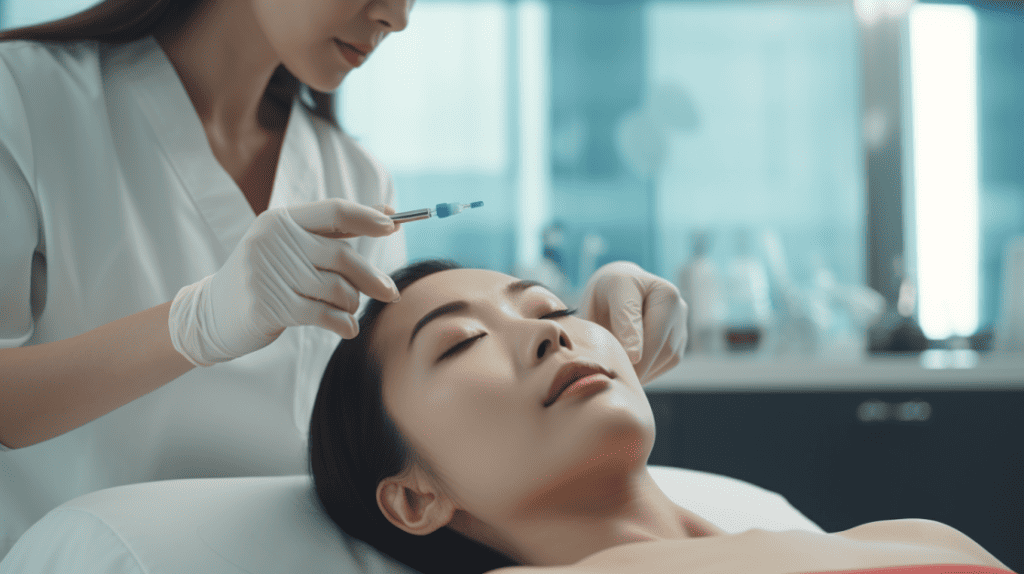
If you are not comfortable with the idea of chemical peels, there are several alternatives available that can help you achieve similar results. These alternatives can be broadly categorized into non-invasive treatments and invasive treatments.
Non-Invasive Treatments
Non-invasive treatments are procedures that do not require any incisions or injections. These treatments are typically less painful and have little to no downtime. Here are some popular non-invasive treatments that you can consider:
- HIFU: High-Intensity Focused Ultrasound (HIFU) is a non-invasive treatment that uses ultrasound waves to stimulate collagen production in the skin. This treatment can help to tighten and lift the skin, reduce fine lines and wrinkles, and improve skin texture.
- Botox: Botox is a popular non-invasive treatment that involves injecting a neurotoxin into the muscles to temporarily paralyze them. This treatment can help to reduce the appearance of fine lines and wrinkles, particularly around the eyes and forehead.
- Fillers: Dermal fillers are injectable gels that can be used to add volume to the face, reduce the appearance of wrinkles, and enhance facial contours. Fillers can be used to treat a variety of concerns, including nasolabial folds, marionette lines, and sunken cheeks.
- Laser Toning: Laser toning is a non-invasive treatment that uses laser energy to target pigmentation and improve skin texture. This treatment can help to reduce the appearance of fine lines and wrinkles, improve skin tone and texture, and reduce the appearance of acne scars.
Invasive Treatments
Invasive treatments are procedures that involve incisions or injections. These treatments can be more painful and have a longer recovery time than non-invasive treatments. However, they can also provide more dramatic results. Here are some popular invasive treatments that you can consider:
- Profhilo: Profhilo is an injectable treatment that uses hyaluronic acid to stimulate collagen and elastin production in the skin. This treatment can help to improve skin texture, reduce the appearance of fine lines and wrinkles, and enhance skin hydration.
- Skinboosters: Skinboosters are injectable treatments that use hyaluronic acid to improve skin hydration and texture. This treatment can help to reduce the appearance of fine lines and wrinkles, improve skin tone and texture, and enhance facial contours.
- Hair Removal: Laser hair removal is an invasive treatment that uses laser energy to target the hair follicles and prevent hair growth. This treatment can help to reduce the need for shaving or waxing and provide long-lasting results.
- Minimally Invasive Treatments: Minimally invasive treatments are procedures that involve small incisions or injections. These treatments can provide more dramatic results than non-invasive treatments but have a shorter recovery time than invasive treatments. Examples of minimally invasive treatments include micro-needling and thread lifting.
Overall, there are several alternatives to chemical peels that you can consider. Whether you opt for a non-invasive or invasive treatment, it is important to consult with a qualified professional to ensure that you receive safe and effective treatment.
Choosing the Right Chemical Peel
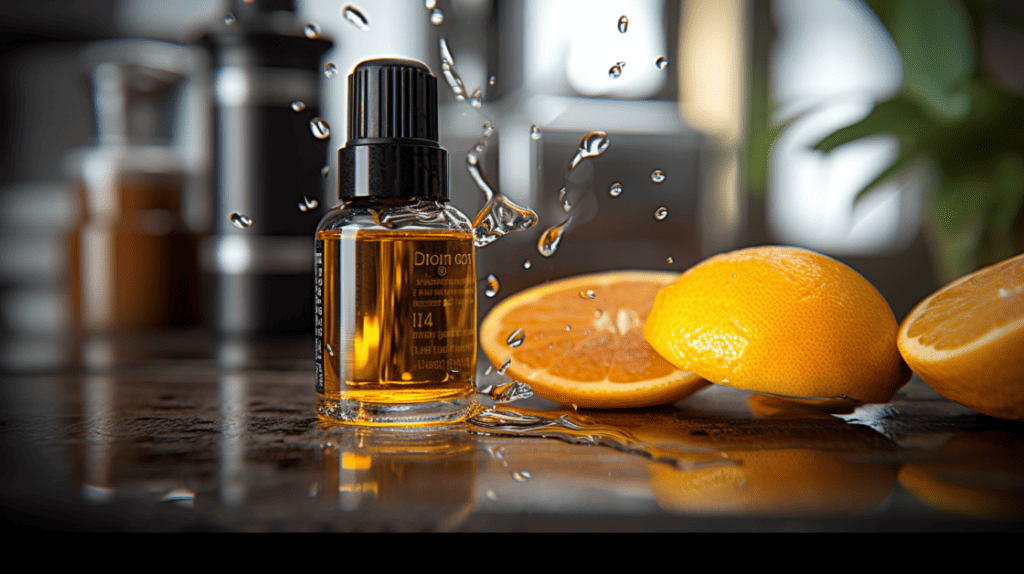
If you’re considering a chemical peel in Singapore, it’s important to choose the right one for your skin type and concerns. With so many options available, it can be overwhelming to decide which one is best for you. But don’t worry, we’re here to help!
First, it’s important to determine your skin type. This will help you and your dermatologist or aesthetician decide which type of chemical peel is best for you. There are generally four skin types: normal, dry, oily, and combination. Each skin type has its own unique characteristics and concerns.
Next, consider your skin concerns. Do you have acne or acne scars? Fine lines and wrinkles? Hyperpigmentation or sun damage? Your specific concerns will also help determine which type of chemical peel is best for you.
Once you’ve determined your skin type and concerns, it’s time to develop a treatment plan with your dermatologist or aesthetician. They can recommend a specific type of chemical peel and the number of treatments needed to achieve your desired results.
When choosing a clinic for your chemical peel, be sure to do your research and find one with a good reputation. Look for clinics that use high-quality products and have experienced professionals performing the treatments.
Overall, choosing the right chemical peel is crucial for achieving the best results. By considering your skin type, concerns, and working with a professional, you can find the perfect chemical peel for you and achieve the glowing, radiant skin you’ve always wanted.
Conclusion
Congratulations on completing your journey to explore the best chemical peel treatments in Singapore! With so many options available, it can be overwhelming to choose the right one for you. However, armed with the knowledge you have gained, you can confidently make an informed decision.
Chemical peels are an excellent way to rejuvenate your skin and achieve a brighter, smoother complexion. Whether you are looking to reduce fine lines and wrinkles, improve skin texture, or reduce pigmentation, there is a chemical peel treatment that can help.
It is important to remember that chemical peels are a medical procedure and should only be performed by a qualified and experienced practitioner. Always do your research and choose a reputable clinic with a proven track record of success.
In addition to chemical peels, there are many other aesthetic treatments available in Singapore to help you achieve your desired look. From laser treatments to injectables, there are options to suit every budget and skin type.
Remember to always consult with a qualified practitioner before undergoing any aesthetic treatment. They can help you determine the best course of action based on your unique needs and goals.
Thank you for joining us on this journey to explore the world of chemical peel treatments in Singapore. We hope that you have found this guide informative and helpful in your quest for beautiful, clear skin.
Frequently Asked Questions
What are the benefits of a chemical peel treatment in Singapore?
Chemical peels can offer a range of benefits for your skin, including reducing the appearance of fine lines and wrinkles, improving skin texture and tone, and reducing the appearance of acne scars and pigmentation. Chemical peels can also help to unclog pores and reduce the amount of oil on your skin, leaving it looking brighter and more youthful.
How long does it take to recover from a chemical peel?
The recovery time for a chemical peel can vary depending on the type and strength of the peel. Light chemical peels typically have a recovery period of 4 to 7 days, while medium peels can take up to 2 to 3 weeks to fully heal. You may experience redness and peeling during the recovery period, so it’s important to follow your dermatologist’s aftercare instructions carefully.
Where can I find a reputable clinic for chemical peels in Singapore?
There are many reputable clinics in Singapore that offer chemical peel treatments. Some popular options include Renaissance Dermatology, Bio Aesthetic, and Nuffield Aesthetics Clinic. It’s important to do your research and choose a clinic with experienced and qualified professionals who can provide safe and effective treatments.
Can chemical peels help with acne scars in Singapore?
Yes, chemical peels can be an effective treatment for reducing the appearance of acne scars in Singapore. By removing the outer layer of damaged skin, chemical peels can help to stimulate collagen production and promote skin regeneration. However, it’s important to choose the right type of peel for your skin type and severity of scarring, and to follow your dermatologist’s aftercare instructions carefully to avoid further damage.
What are the potential risks and side effects of a chemical peel?
While chemical peels are generally safe, they can carry some risks and side effects. These can include redness, peeling, and sensitivity to sunlight during the recovery period, as well as more serious complications such as scarring and infection. It’s important to choose a qualified and experienced professional who can assess your skin type and recommend the right type of peel for your needs.
Are there any affordable options for chemical peels in Singapore?
Yes, there are many affordable options for chemical peels in Singapore, with prices starting from around $100 per session. However, it’s important to choose a reputable clinic with experienced professionals who can provide safe and effective treatments. Don’t be tempted to choose a cheaper option if it means sacrificing quality or safety.




